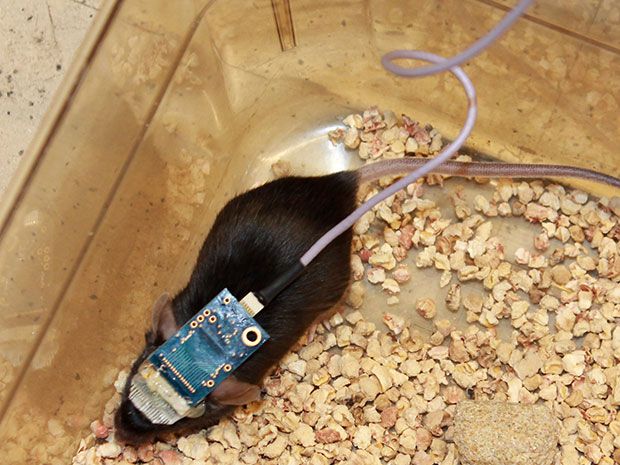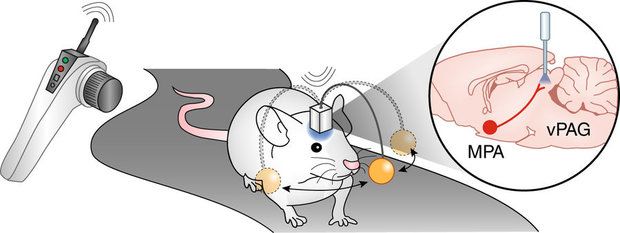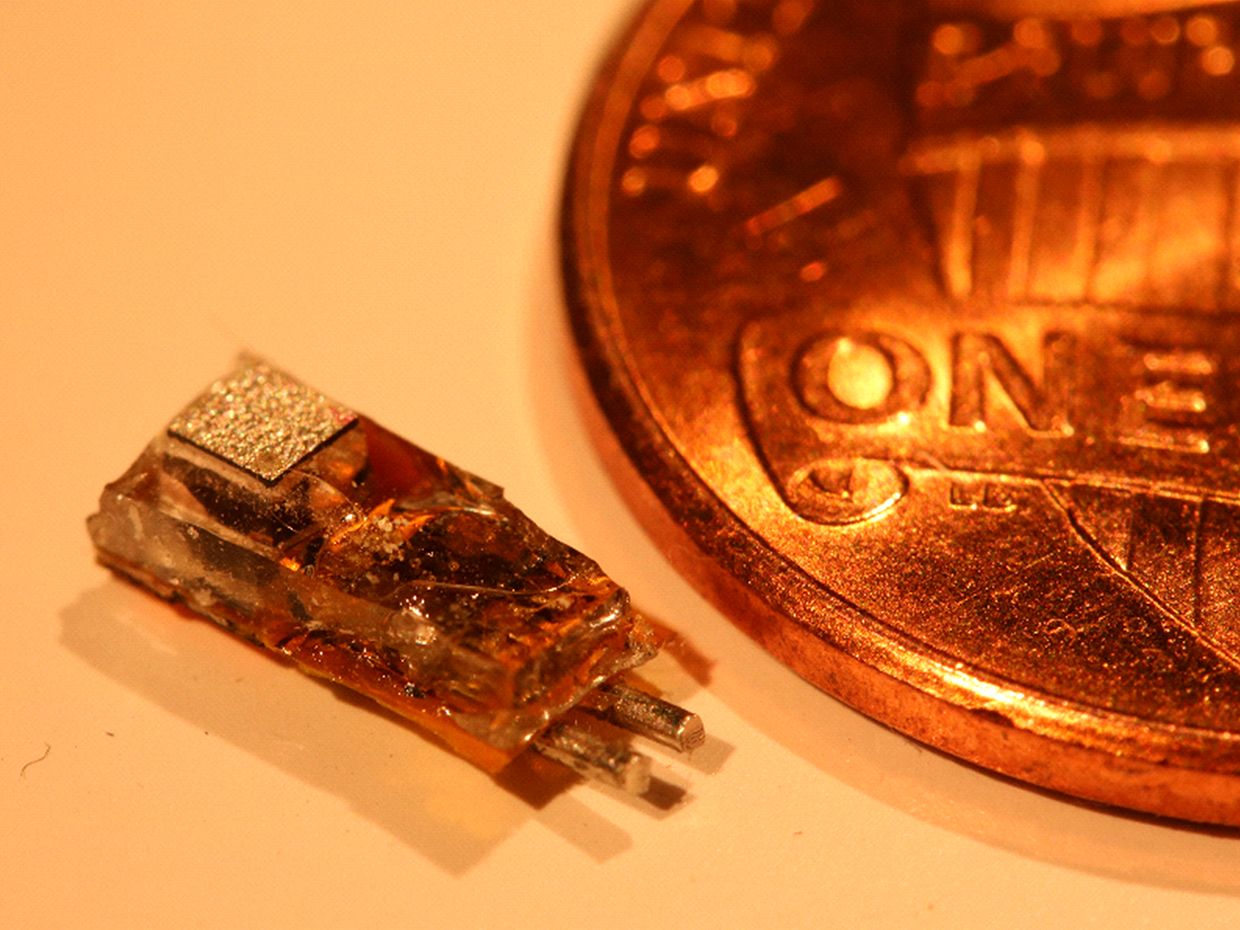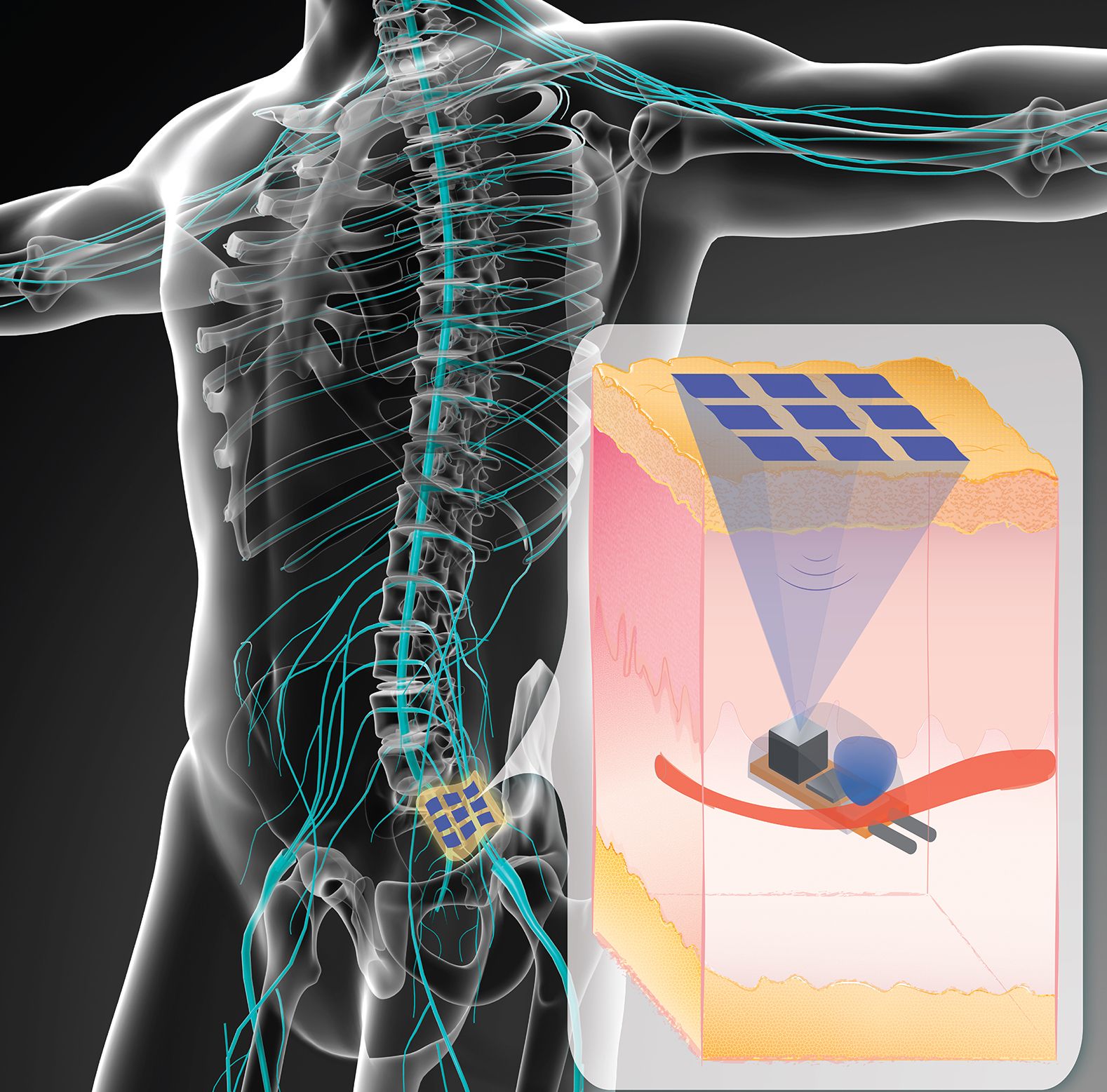BlackFox
Ylipäällikkö
Hänelle tehdään ensimmäinen päänsiirto
Maanantai 15.8.2016 klo 19.23

Valery Spiridonov on ilmoittautunut vapaaehtoiseksi maailman ensimmäiseen päänsiirtoon. (AOP)
Valery Spiridonov, 31, on venäläinen insinööri, joka kärsii harvinaisesta Werdnig-Hoffman-taudista. Se on selkäydinperäinen lihassurkastuma. Tauti on parantumaton ja johtaa kuolemaan.
Spiridonov on ilmoittautunut vapaaehtoiseksi italialaisen neurokirurgin Sergio Canaveron ensi vuoden tammikuulle suunnittelemaan leikkaukseen.
Leikkauksessa Spiridonovin pää irrotetaan ja kiinnitetään aivokuolleen, mutta muuten terveen luovuttajan vartaloon.
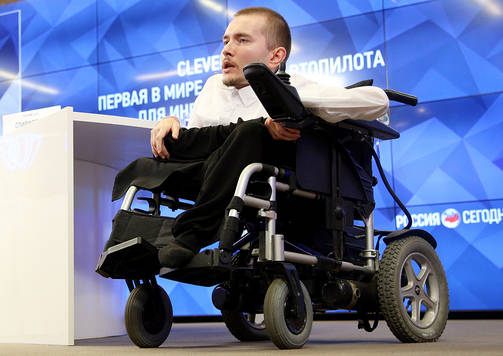
Spiridonov kärsii kuolemaan johtavasta harvinaisesta lihassurkastumasta. (AOP)
Leikkaus kestää kaksi päivää
Canaveroa on arvosteltu siitä, että hän aikoo tehdä leikkauksen, joka on taatusti vaarallinen ja monen mielestä siihen liittyy suuria eettisiä ongelmia.
Moni asia voi mennä pieleen. Suurimpana haasteena pidetään selkäytimien liittämistä toisiinsa.
Canavero kertoi tulevasta leikkauksesta tiedotustilaisuudessa Moskovassa. Leikkaus tulee hänen mukaansa kestämään kaksi päivää.
Ensin Spiridonovin pää jäädytetään -15 asteeseen. Sen jälkeen sekä potilaan että luovuttajan päät irrotetaan ja potilaan pää kiinnitetään luovuttajan vartaloon.
Lihakset, verisuonet ja hermoradat liitetään yhteen. Sen jälkeen Spiridonov vaivutetaan koomaan noin kuukaudeksi, jotta hän ei liikkuisi ja parantuminen pääsisi vauhtiin.
Canavero uskoo Science Channelin mukaan, että potilas voisi oppia kävelemään noin vuoden kuluttua leikkauksesta. Kirurgi kertoo, että potilas kykenisi kuitenkin puhumaan omalla äänellään välittömästi koomasta herättyään.
Maanantai 15.8.2016 klo 19.23

Valery Spiridonov on ilmoittautunut vapaaehtoiseksi maailman ensimmäiseen päänsiirtoon. (AOP)
Valery Spiridonov, 31, on venäläinen insinööri, joka kärsii harvinaisesta Werdnig-Hoffman-taudista. Se on selkäydinperäinen lihassurkastuma. Tauti on parantumaton ja johtaa kuolemaan.
Spiridonov on ilmoittautunut vapaaehtoiseksi italialaisen neurokirurgin Sergio Canaveron ensi vuoden tammikuulle suunnittelemaan leikkaukseen.
Leikkauksessa Spiridonovin pää irrotetaan ja kiinnitetään aivokuolleen, mutta muuten terveen luovuttajan vartaloon.

Spiridonov kärsii kuolemaan johtavasta harvinaisesta lihassurkastumasta. (AOP)
Leikkaus kestää kaksi päivää
Canaveroa on arvosteltu siitä, että hän aikoo tehdä leikkauksen, joka on taatusti vaarallinen ja monen mielestä siihen liittyy suuria eettisiä ongelmia.
Moni asia voi mennä pieleen. Suurimpana haasteena pidetään selkäytimien liittämistä toisiinsa.
Canavero kertoi tulevasta leikkauksesta tiedotustilaisuudessa Moskovassa. Leikkaus tulee hänen mukaansa kestämään kaksi päivää.
Ensin Spiridonovin pää jäädytetään -15 asteeseen. Sen jälkeen sekä potilaan että luovuttajan päät irrotetaan ja potilaan pää kiinnitetään luovuttajan vartaloon.
Lihakset, verisuonet ja hermoradat liitetään yhteen. Sen jälkeen Spiridonov vaivutetaan koomaan noin kuukaudeksi, jotta hän ei liikkuisi ja parantuminen pääsisi vauhtiin.
Canavero uskoo Science Channelin mukaan, että potilas voisi oppia kävelemään noin vuoden kuluttua leikkauksesta. Kirurgi kertoo, että potilas kykenisi kuitenkin puhumaan omalla äänellään välittömästi koomasta herättyään.

